Haworthia truncata Hybrid clump succulent plant
₹499.00
In stock
SKU: HaworthiatruncataHybrid
Category: Succulents plants
How to Keep Haworthia truncata Hybrid Healthy
Haworthia truncata Hybrid is such an interesting flat-leaved succulent. Haworthia is a low-maintenance succulent, making it perfect for a beginner. Just follow these simple tips to keep your Haworthia healthy and in a good mood.
| Growing period | Sept to March |
|---|---|
| Blooming period | Dec to Feb |
| Dormancy | Apr to Aug |
| Watering | Very less water during dormancy |
| Fertilizer | Vermicompost during winters |
Light Requirements
Firstly prefers light, indirect light. Place in indirect light.. The direct sunlight burns the leaves and too little light stretches and compromises it.
Haworthia truncata Hybrid Watering Schedule
Water the succulent sparingly. Allow soil to dry completely between waterings. Hence Too much water causes a common problem leading to root rot. Water sparingly in winter months because it is a slow-growing cold-season plant.
Soil and Potting
Use a good draining potting soil so the soil does not become too wet. Utilize cactus or succulent potting mix. Acquire a pot that has drainage holes in it to drain water out of, so root rot will be impossible.
Temperature and Humidity
Haworthia truncata Hybrid grows best at 65–80°F (18–27°C) temperatures. It can stand cold temperatures but can be cultivated at temperatures higher than 50°F (10°C). It does not appreciate high humidity and prefers dry air.
Fertilizing
Feed with a weak succulent plant food once monthly in growing season (summer and spring). Use throughout the year at other times when the plant is resting (autumn and winter).
Propagation
Offsets are readily dispersed Haworthia truncata Hybrid. Gently remove the little plants from the mother and plant out in well-draining soil. Water mature plants with caution also.
- Yellow Leaves: It could be due to too much water. Water sparingly after allowing the soil to dry completely.
- Wrinkled Leaves: The plant is perhaps too wet. Water thoroughly and provide dry soil also.
- Pests: Check for spider mites and mealybugs. Eliminate them using a cotton swab dipped in rubbing alcohol or insecticidal soap.
- Lastly With these care instructions, your Haworthia truncata Hybrid will be at its best and healthiest. Enjoy growing this beautiful succulent!
| Color | Green |
|---|---|
| Growth Pattern | Up right Straight |
| Ideal location | Shade |
| Origin Country | India |
Be the first to review “Haworthia truncata Hybrid clump succulent plant” Cancel reply
You must be logged in to post a review.


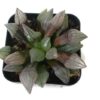


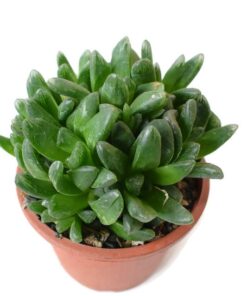
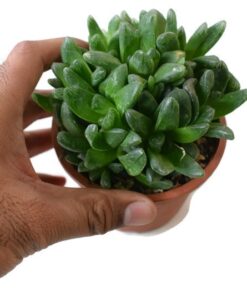
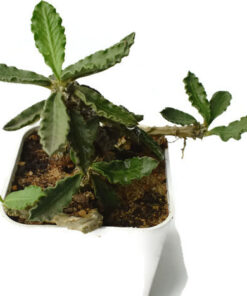


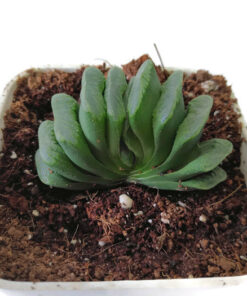

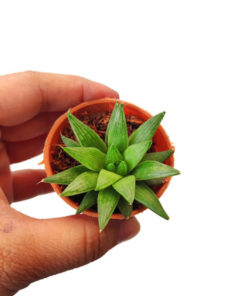

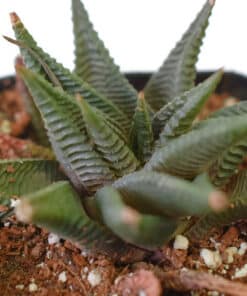


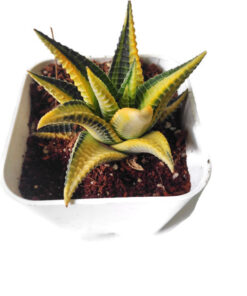
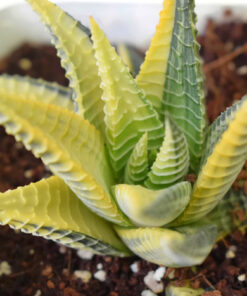

Reviews
There are no reviews yet.